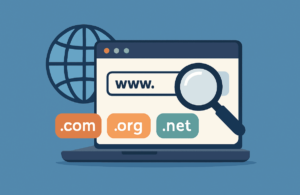A domain name is your website’s online address. It helps people find you. It’s crucial to pick the right one for branding and visibility.
A good domain name is easy to remember, relevant, and professional. Many businesses struggle to pick the perfect name. Should you use keywords?
What about extensions like .com, .net, or .org? These choices impact your website’s credibility and search rankings.

Download Your Free e-Book
5 Simple Ways to Create Website & Landing Pages
Affiliate Disclaimer: I earn commission (get paid) if you click on the links and purchase a product below. My earnings do not impact the price you pay.
Your domain name affects marketing, trust, and user experience. A confusing or long name can drive visitors away. The right name makes it easier for people to find and trust you.
In this guide, we’ll help you understand domain names. You’ll learn how they work and how to choose the best one. Whether starting a blog or business, you’ll get practical tips.
Continue reading to know how to pick a domain name that sets you up for success!
What Is a Domain Name?
A domain name is a website address that helps users find you online. It acts as your online identity, making your site easy to access and remember.
Every website needs a unique domain name to stand out. Without one, users would have to type long, confusing IP addresses.
A domain name replaces IP addresses with a simple, readable website name. For example, instead of 192.168.1.1, you get example.com.
This makes it easier for visitors to reach your site. Your URL (Uniform Resource Locator) includes your domain and directs users to your content.
A strong domain name builds trust, boosts branding, and improves recognition. It’s the first thing visitors see and impacts their first impression.
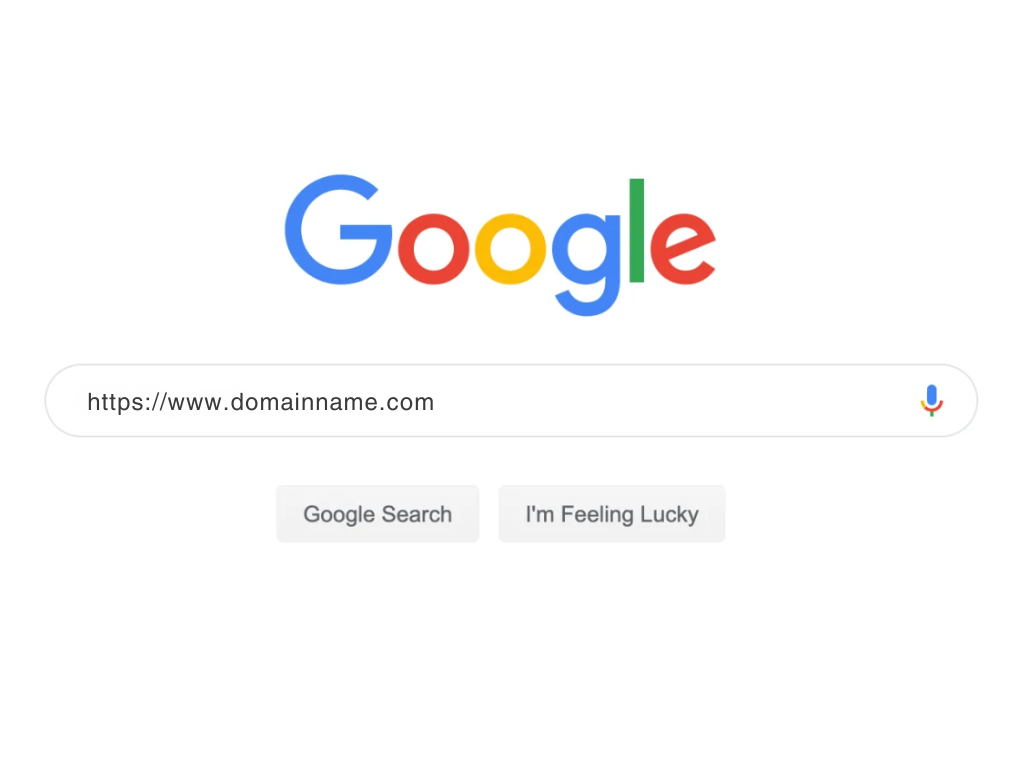
How Does a Domain Name Work?
A domain name function is to connect users to a website. When someone types a domain name into a browser, it starts a website connection process.
The browser sends a request to a Domain Name System (DNS). The DNS translates the domain into an IP address, directing users to the right hosting server.
Your domain and hosting work together to display your website. The hosting server stores your website files, images, and data. It acts as an easy-to-remember address to access them.
Without a domain name, visitors would need to enter a complex IP address. Instead, the system automatically finds and loads the website.
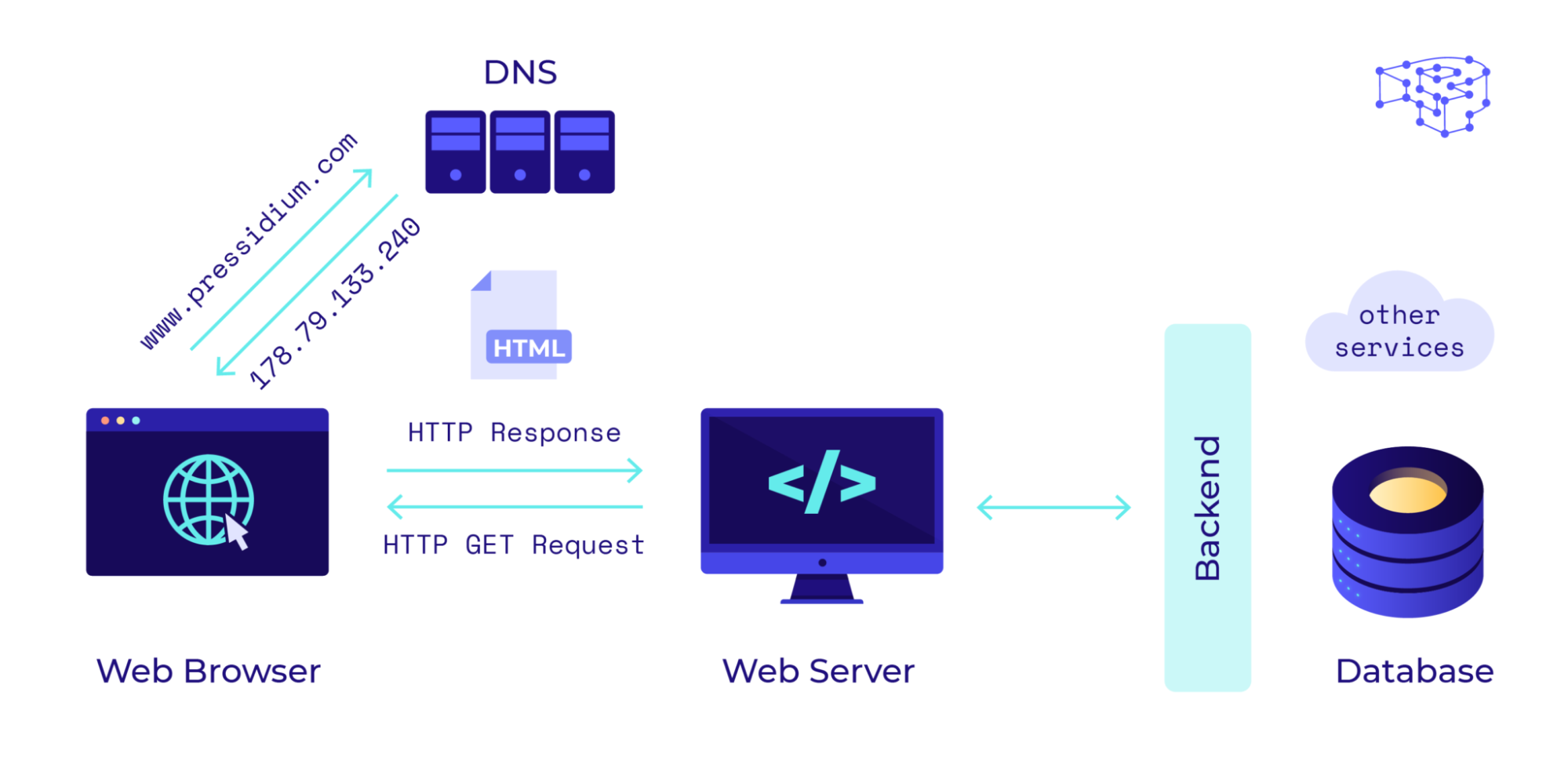
Different Types of Domain Extensions (.com, .net, .org, etc.)
A domain extension is the last part of a domain name. It comes after the main website name, like .com, .net, or .org. Different website domain types serve different purposes.
Common Domain Extensions and Their Uses
- .com: The most popular domain extension, used mainly for businesses. It’s the best domain for business because it’s familiar and trusted.
- .net: Often used for tech, networking, and internet-based businesses. When comparing .com vs .net, .com is better for general businesses.
- .org:Used by nonprofits, charities, and organizations. It builds trust and credibility.
- .edu: Reserved for educational institutions like schools, colleges, and universities.
- .gov: Used only by government websites. It ensures authenticity and authority.
- .co: A shorter alternative to .com, popular for startups and brands.
- .io: Often used by tech companies and software startups.
Which Extension Should You Choose?
For businesses, .com is the best choice because it’s well-known. If .com isn’t available, .net or .co are good alternatives.
For nonprofits, .org works best. Educational sites should use .edu, while tech brands may prefer .io. The right domain extension will help build credibility and trust for your website.
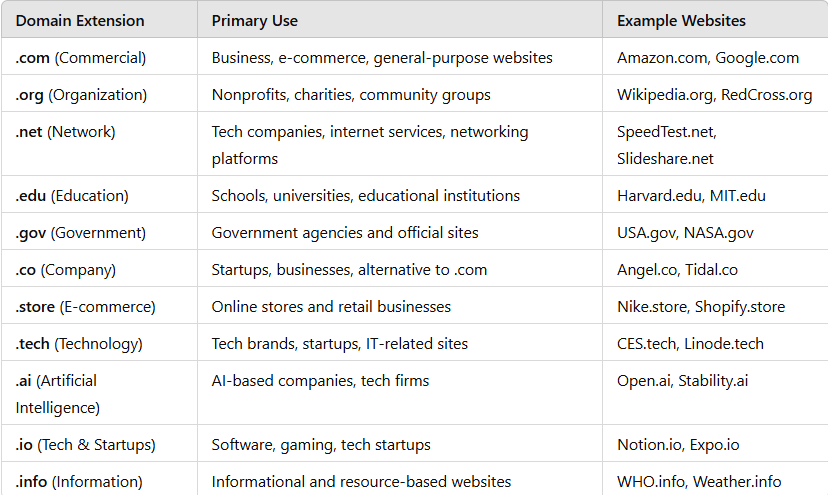
How to Choose the Right Domain Name for Your Website
A great domain name is short, simple, and easy to remember. It should relate to your business and reflect your brand identity.
Best Domain Name Tips
- Keep it under 15 characters to make it easy to type.
- Avoid numbers, hyphens, and confusing spellings.
- Use keywords related to your business for better visibility.
- Choose a .com extension for credibility and trust.
- Make sure it’s unique and not similar to competitors.
Checking Domain Name Availability
Before choosing a domain, check if it’s available. Use tools like Namecheap, GoDaddy, or Google Domains.
These tools show domain name availability and alternative domain ideas. A strong domain name helps build trust and attract visitors. Take time to pick one that fits your brand perfectly!
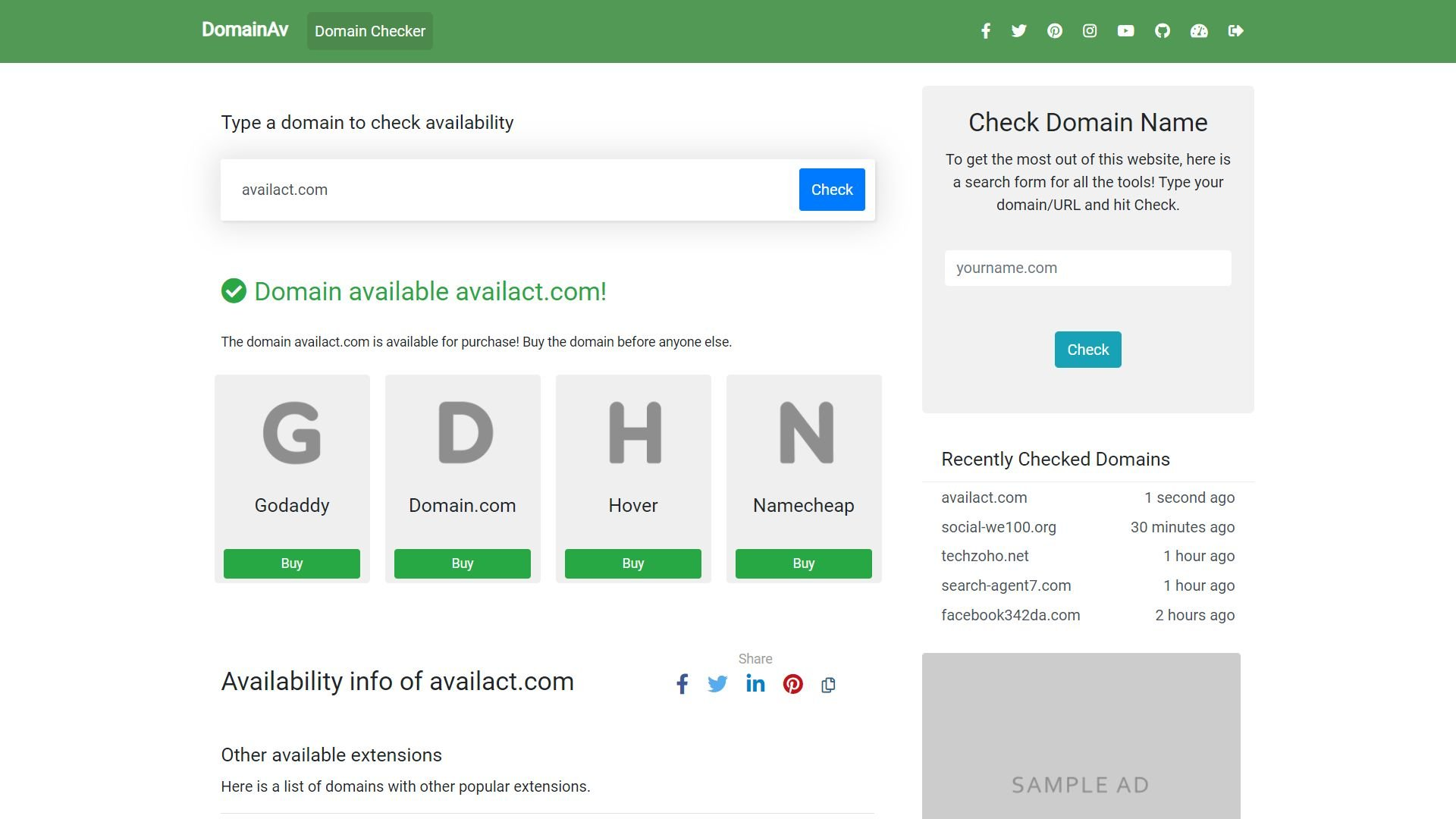
Where and How to Buy a Domain Name?
It’s quick and easy to buy a domain name with the right provider. Choose the best domain registrar like Namecheap, GoDaddy, or Bluehost.
Here’s a simple domain registration process you can follow:
- Search for your desired domain name on a domain registrar.
- Check availability and explore alternatives if it’s taken.
- Add to cart and review pricing, including renewal fees.
- Complete the domain name purchase by making the payment.
Tips for a Smart Purchase
- Look for discounts and bundle offers like a free domain with hosting.
- Consider registering your domain for multiple years to secure it.
- Enable auto-renewal to prevent losing your domain.
A smooth domain registration process ensures your website stays active and protected. Take time to choose the right domain registrar for the best deal!

Common Mistakes to Avoid When Choosing a Domain Name
The wrong domain can hurt your website’s success. Avoid these domain name mistakes to make your site easy to find.

1. Choosing a Long or Complicated Name
A domain should be short and simple. Long names are hard to remember and increase typing errors. Keep it under 15 characters for better readability.
2. Using Hard-to-Spell Words
Complicated words confuse visitors and make your site hard to find. Stick to common, easy-to-spell words for better brand recognition.
3. Ignoring Trademarks
Not checking for trademarked names can lead to legal issues. Before buying, search for trademark conflicts to avoid problems.
4. Using Numbers and Hyphens
Numbers and hyphens make domains hard to type and remember. People may forget them or mistype your website address. Avoid them for a cleaner, more professional domain.
5. Not Checking Availability on Social Media
Your domain should match social media handles for brand consistency. If the name is taken, consider a slight variation.
Stay away from these mistakes and follow these domain tips to avoid bad domain names and build a strong online identity!
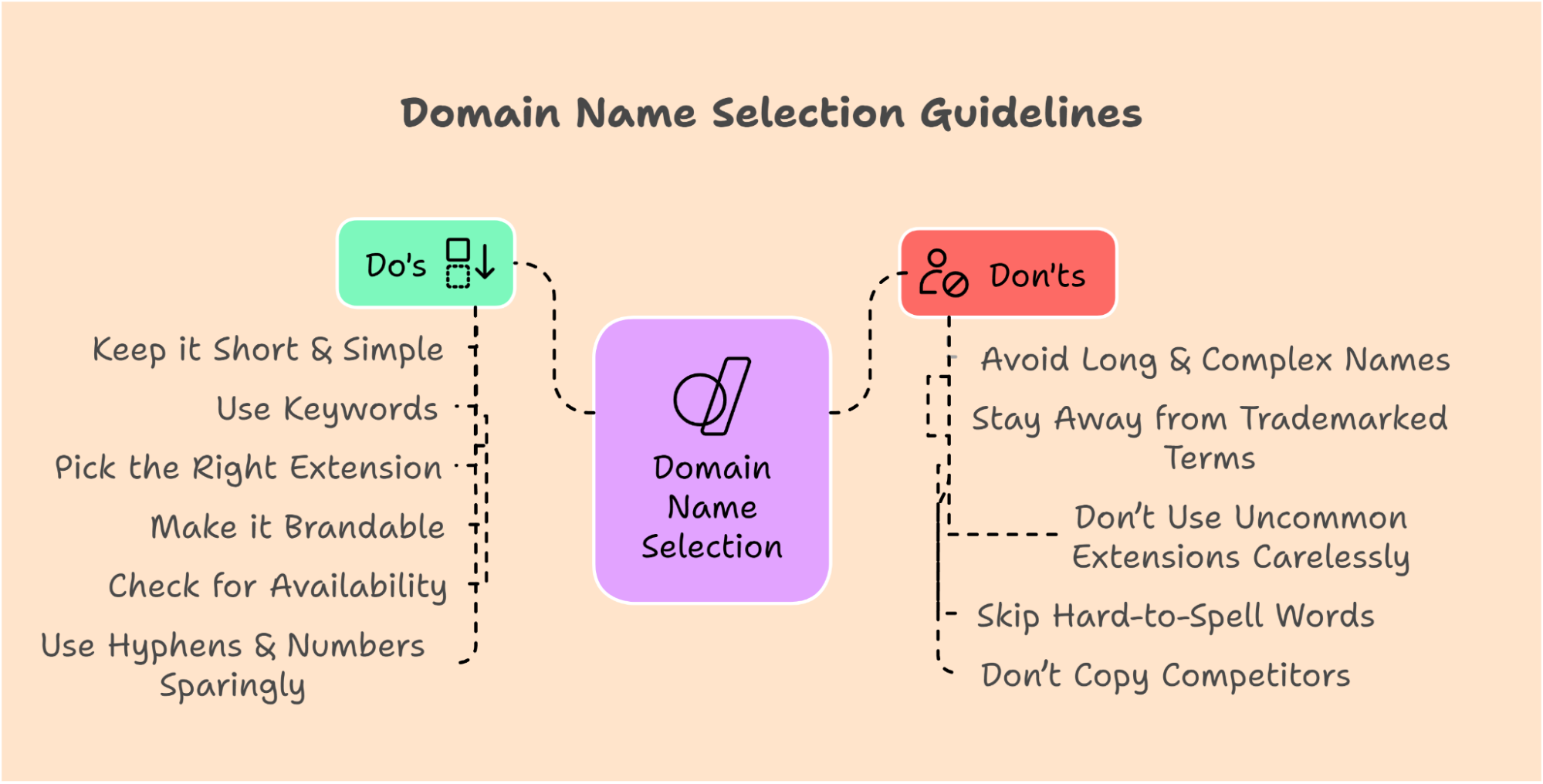
Conclusion
A good domain name is key to strong online branding. It makes your website trustworthy, professional, and easy to remember.
Choose the right domain to build credibility and attract visitors. Popular names get taken fast, so it’s important to act quickly.
A secure domain name protects your brand from competitors and prevents others from using a similar name.
Early registration also helps you avoid price hikes and domain squatters who buy names to sell at higher prices. Keep your domain short, simple, and brand-focused.
Avoid hyphens, numbers, and confusing spellings for better accessibility. Check for trademark conflicts and social media availability to keep your brand consistent across platforms.




